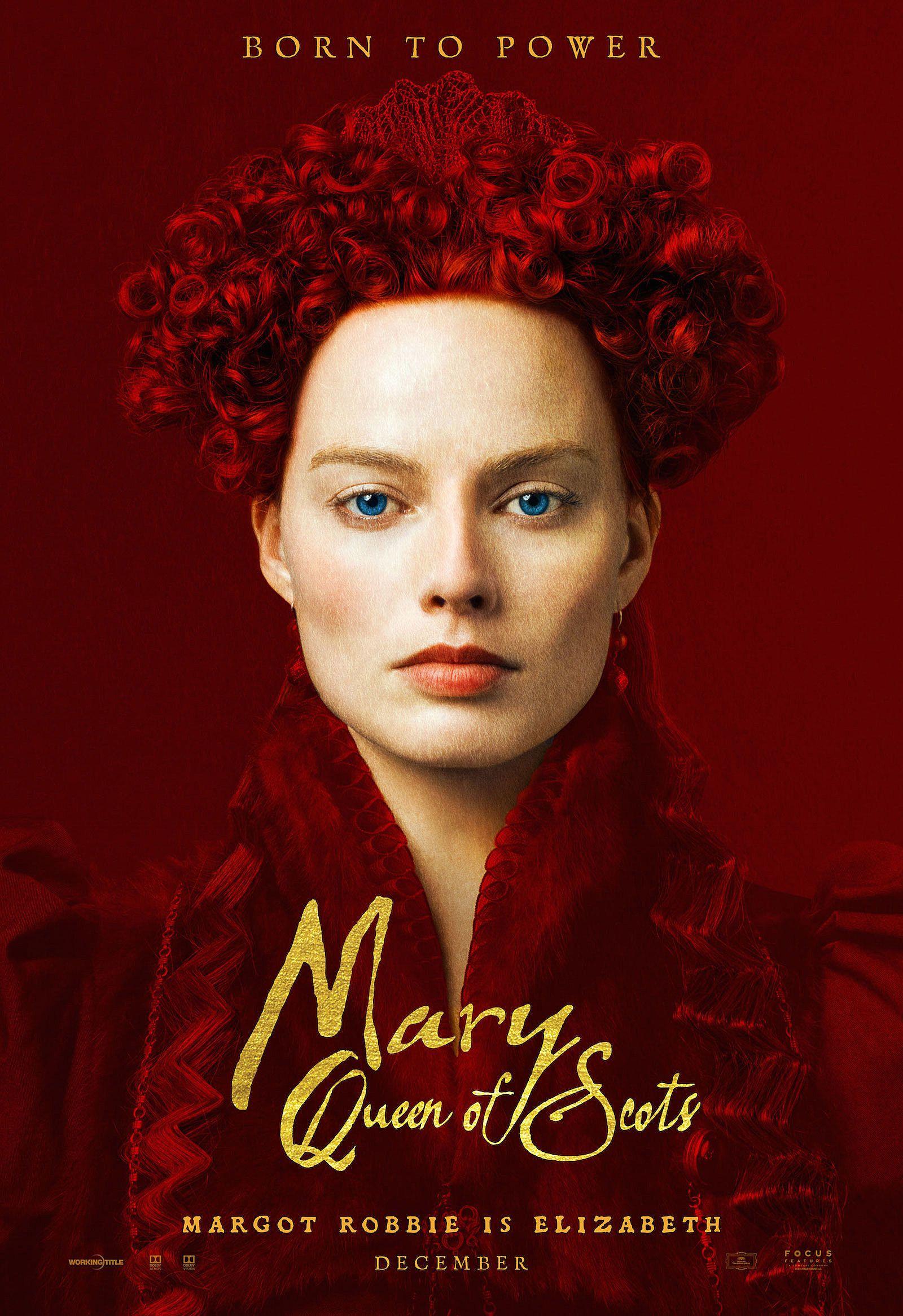The Life and Legacy of Mary, Queen of Scots

Mary, Queen of Scots, remains one of the most fascinating and enigmatic figures in history. Her tumultuous life, filled with political intrigue, personal tragedy, and dramatic turns, has captivated historians and laypeople alike for centuries. This comprehensive article delves into the key aspects of her life, career, and enduring legacy.
Quick Facts
| Full Name | Mary Stuart (Mary, Queen of Scots) |
|---|---|
| Date of Birth | December 8, 1542 |
| Age (as of 2024) | N/A (Died at 44) |
| Occupation(s) | Queen |
| Nationality | Scottish |
| Height | N/A |
| Net Worth (2024) | N/A |
| Source of Wealth | Royalty |
| Parents | King James V of Scotland, Mary of Guise |
| Marital Status | Married three times |
| Spouse | Francis II of France, Henry Stuart, Lord Darnley, James Hepburn, 4th Earl of Bothwell |
| Children | James VI and I |
| Education | Educated in France |
| Known for | Queen of Scotland, Claimant to the English throne |
| Major Awards | N/A |
Early Life and Background
Mary Stuart was born prematurely on December 8, 1542, in Linlithgow, Scotland. As the only surviving legitimate child of King James V of Scotland and Mary of Guise, she ascended to the throne at just six days old following her father's death. Due to the political instability and threats to her safety, Mary spent much of her childhood in France, where she was educated and groomed for her future role as a queen.
The Road to Power
Initial Reign and Early Challenges
Mary officially became Queen of Scotland in 1542, but due to her infancy, the country was governed by regents until she was old enough to rule. Her childhood in France shaped her cultural and political outlook, and she was married to Francis, the Dauphin of France, in 1558, uniting the French and Scottish crowns temporarily. However, Francis's untimely death in 1560 left her a widow and she returned to Scotland in 1561.
Marriages and Political Struggles
Upon her return to Scotland, Mary faced a fractious political landscape. She married Henry Stuart, Lord Darnley, in 1565, but the union was disastrous. Darnley's murder in 1567, under suspicious circumstances implicating Mary and her close ally James Hepburn, 4th Earl of Bothwell, led to her third marriage to Bothwell shortly thereafter. This marriage further tarnished her reputation and led to her forced abdication in favor of her infant son, James VI.
Imprisonment and Execution
After a failed attempt to regain her throne, Mary sought refuge with her cousin, Elizabeth I of England. Instead of receiving protection, she was imprisoned for 19 years due to her Catholic faith and her claim to the English throne, which posed a threat to Elizabeth's Protestant reign. In 1587, Mary was executed for her alleged involvement in a plot to assassinate Elizabeth.
Financial Overview
Mary's wealth and resources were primarily derived from her royal status and the territories she controlled. However, her financial situation fluctuated dramatically due to political upheavals, marriages, and eventual imprisonment. Detailed records of her exact net worth are scarce, but her royal lineage and alliances with powerful families ensured she had substantial resources at various points in her life.
Personal Life and Relationships
Mary's personal life was marked by a series of tumultuous relationships and political alliances. Her marriages to Francis II, Henry Stuart, and James Hepburn were all driven by political motives but were fraught with personal and political conflicts. Her only child, James VI and I, would go on to become one of the most significant monarchs of England and Scotland, uniting the two crowns.
Public Image and Media Perception
Mary's life has been the subject of intense scrutiny and varied interpretations. In her time, she was both vilified and romanticized. Her Catholic faith and claim to the English throne made her a figure of intrigue and danger in Protestant England. Today, she is often seen as a tragic figure whose life was shaped by the turbulent politics of her era.
Lasting Impact and Legacy
Mary, Queen of Scots, left a profound legacy that continues to be felt today. Her life and reign have been immortalized in literature, film, and historical studies. She is remembered for her unwavering Catholic faith, her dynastic ambitions, and her dramatic downfall. Her son, James VI and I, realized her vision of a united Scotland and England, which has had a lasting impact on British history.
Frequently Asked Questions
1. Why was Mary, Queen of Scots executed?
Mary was executed for her alleged involvement in the Babington Plot to assassinate Elizabeth I and restore Catholic rule in England.
2. How did Mary's upbringing in France influence her reign?
Her time in France provided her with a refined education and cultural sophistication, but it also alienated some of her Scottish subjects who viewed her as too French.
3. What was the significance of Mary's marriage to Lord Darnley?
The marriage was intended to strengthen her claim to the English throne, but it ended disastrously with Darnley's murder and subsequent political fallout.
4. How did Mary, Queen of Scots, impact her son James VI and I?
Mary's legacy and claim to the English throne were inherited by her son, James VI of Scotland, who later became James I of England, uniting the two kingdoms.
5. What were some of the major plots against Mary?
Mary was involved in several plots, including the Ridolfi Plot and the Babington Plot, both aiming to place her on the English throne and re-establish Catholicism.
Mary, Queen of Scots, remains a complex and multifaceted figure whose life story continues to intrigue and inspire. Her legacy, both tragic and triumphant, offers a rich tapestry of historical lessons and enduring fascination.